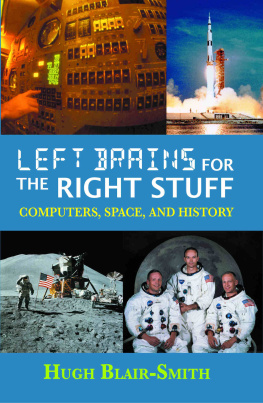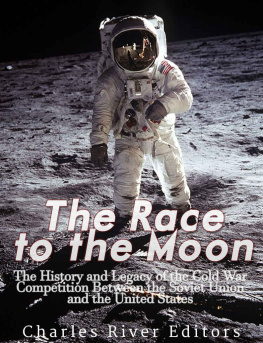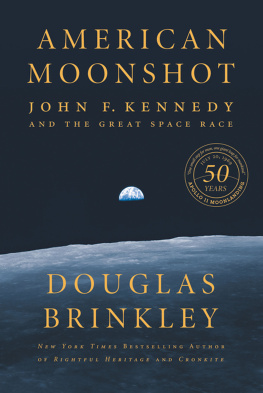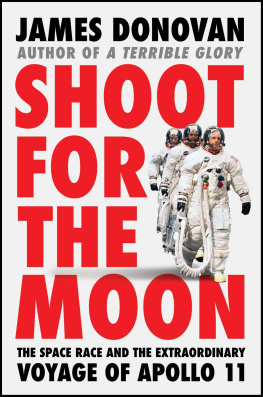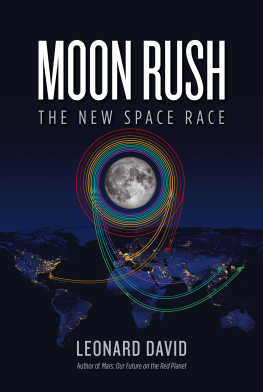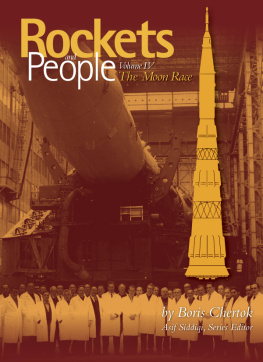Hugh Blair-Smith - Left Brains for the Right Stuff: Computers, Space, and History
Here you can read online Hugh Blair-Smith - Left Brains for the Right Stuff: Computers, Space, and History full text of the book (entire story) in english for free. Download pdf and epub, get meaning, cover and reviews about this ebook. year: 2015, publisher: SDP Publishing, genre: Non-fiction. Description of the work, (preface) as well as reviews are available. Best literature library LitArk.com created for fans of good reading and offers a wide selection of genres:
Romance novel
Science fiction
Adventure
Detective
Science
History
Home and family
Prose
Art
Politics
Computer
Non-fiction
Religion
Business
Children
Humor
Choose a favorite category and find really read worthwhile books. Enjoy immersion in the world of imagination, feel the emotions of the characters or learn something new for yourself, make an fascinating discovery.
- Book:Left Brains for the Right Stuff: Computers, Space, and History
- Author:
- Publisher:SDP Publishing
- Genre:
- Year:2015
- Rating:5 / 5
- Favourites:Add to favourites
- Your mark:
Left Brains for the Right Stuff: Computers, Space, and History: summary, description and annotation
We offer to read an annotation, description, summary or preface (depends on what the author of the book "Left Brains for the Right Stuff: Computers, Space, and History" wrote himself). If you haven't found the necessary information about the book — write in the comments, we will try to find it.
Honorable Mention in the Nonfiction/Reference category for the 27th Annual Writers Digest Self-Published Book Awards.
What made the Space Race possible? What made it necessary? How close a race was it? And what did it achieve? The answers are connected in surprising ways. Left Brains for the Right Stuff briefly summarizes the history of three technologies-rockets, navigation, and computers-and recounts how they were woven into the rise and rivalry of superpowers in the twentieth century. President John F. Kennedy inherited a small Space Race and transformed it into a Moon Race by creating the Apollo program (... achieving the goal, before this decade is out, of landing a man on the moon ...). To make it an offer the Soviet Union couldn't refuse, he added, We choose to go to the moon ... not because [it is] easy, but because [it is] hard.
Apollo won the Moon Race and, combined with the Space Shuttle, won the Space Race, which did much to win the Cold War and preserve the momentum of American leadership that had been created in World War II. Many big companies worked on those programs, and so did a small academic research laboratory. At Massachusetts Institute of Technology (MIT), the Instrumentation Laboratory (the Lab) was the creation of one man, Charles Stark Doc Draper, who invented inertial navigation.
Author Hugh Blair-Smith was a staff engineer at the Lab from 1959 through 1981. Trained as an electronic engineer and computer scientist, his two-pronged expertise contributed to both the hardware of spacecraft computers and the programming that had to make the most of their limited resources. This is a history, an inside story, and a riveting account of the Space Race, studded with startling insights into causes and effects. In those exciting years, Blair-Smith joined many thousands of people in cooperating gladly, generously, and passionately to add electronic left brains to the Right Stuff. Their creations answered the long-sought quest for a moral equivalent to war.
Hugh Blair-Smith: author's other books
Who wrote Left Brains for the Right Stuff: Computers, Space, and History? Find out the surname, the name of the author of the book and a list of all author's works by series.

